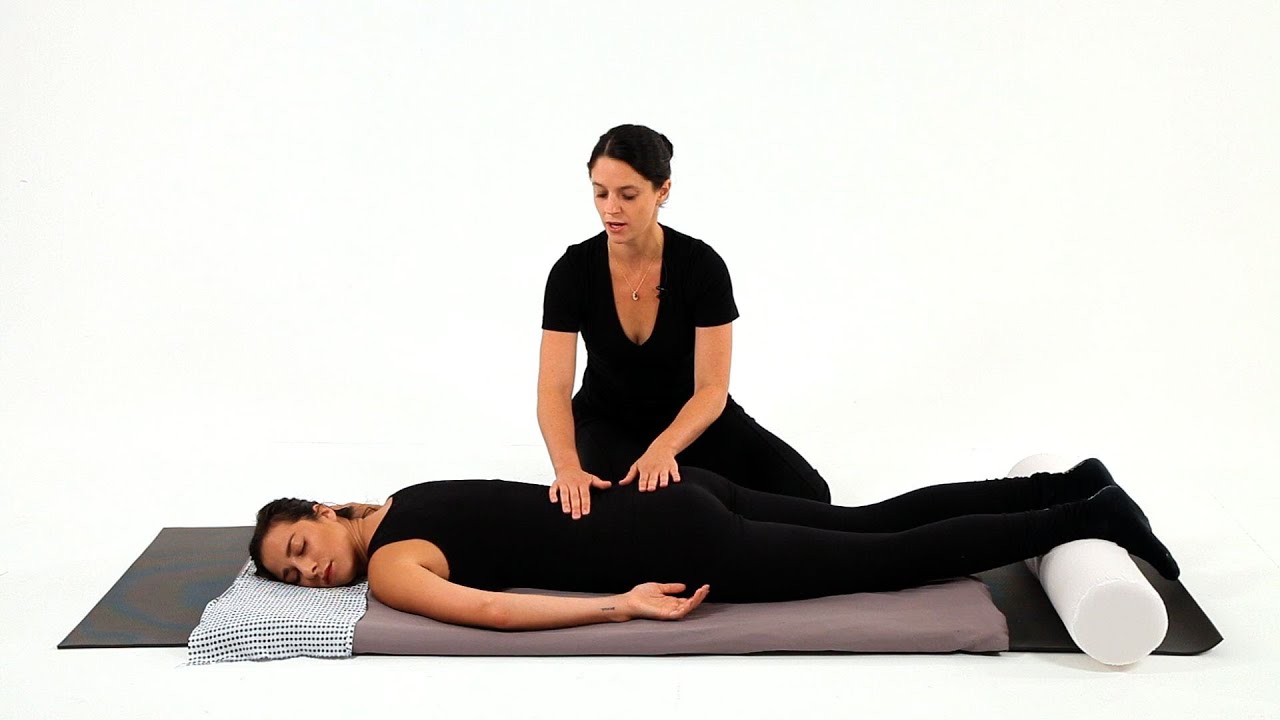Shiatsu is a unique form of therapeutic bodywork that originated in Japan. It is based on the concept of regulating the body’s energy, known as ki. Here’s what you can expect from a Shiatsu Asian massage:
Pre-massage Consultation
During the consultation, the massage therapist may inquire about your health history, including past injuries and illnesses. Understanding your body’s condition helps the therapist tailor the massage treatment to your needs. They might also ask the reason for your massage, your unique needs and preferences, and if there are any areas on your body requiring special attention. After determining the focal points for the session, the therapist will guide you on how to position yourself on the massage table. For your comfort, you can choose to undress and wear only a gown or remain in your clothing.
During the Shiatsu Massage
During your Shiatsu massage session, the therapist may strategically apply gentle pressure using their palms, fingers, and thumbs. They may hold these pressure points for several seconds before transitioning to the next area. This acupressure technique specifically targets tissues and muscles that are tense or causing discomfort.
The purpose of this method is not only to alleviate physical tension but also to promote the free flow of energy, or ki, within your body. In the philosophy behind Shiatsu and other Asian massages, blocked ki can lead to physical discomfort and emotional stress. By unblocking these energy pathways, the massage can help restore balance and overall well-being to your body. You may experience relief in areas of tension and an enhanced sense of relaxation and tranquility after your session.
After the Shiatsu Massage
After a Shiatsu massage, feeling slightly dizzy or light-headed for a brief period is expected. The massage can often lead to deep relaxation, enhancing your body’s natural sleep responses. To aid in the detoxification process that massage can stimulate, it’s recommended that you drink plenty of water following your Shiatsu session. This helps flush out toxins released during the massage and keeps your body well-hydrated.
Give your body time to rest after your massage, as a rest period can contribute to quicker healing. In Shiatsu philosophy, attaining balance refers to the body’s energy flow equilibrium. By resting, you’re allowing your body to adjust and stabilize this energy flow, potentially enhancing the overall benefits of your Shiatsu massage.
Benefits of Receiving a Shiatsu Asian Massage
If you’re suffering from muscle pain, a Shiatsu massage can help relieve those aches and pains. This Asian massage therapy targets knots in the muscles and helps relieve tightness, promoting muscle relaxation. Your therapist can help ease muscle tension and increase blood flow by using focused pressure, kneading, and stretching. This can help reduce inflammation and pain and promote healing. Increased blood flow and improved circulation can also reduce the risk of heart disease, stroke, and other health problems.
A Shiatsu massage can be an effective way to promote better sleep quality. A Shiatsu massage can help improve blood circulation, leading to better oxygen flow to your body’s tissues and cells. The compression and stretching techniques used in a Shiatsu massage can also promote relaxation, which can help to ease sleep disorders such as insomnia. The effects of a Shiatsu massage on the nervous system can help regulate hormone levels responsible for sleep-wake cycles, resulting in better sleep quality.
Read Also: 10 Amazing Benefits of a Plant-Based Diet
Get Shiatsu Massage From a Reputable Therapist
A Shiatsu massage is a holistic approach to health and wellness that can improve physical, mental, and emotional well-being. A Shiatsu massage can be a great way to promote relaxation, reduce muscle pain, improve sleep quality, and enhance overall well-being. If you want to try a Shiatsu massage, choose a reputable therapist trained and experienced in this type of massage. Schedule a consultation to communicate your concerns and health conditions with the massage therapist before your treatment.
